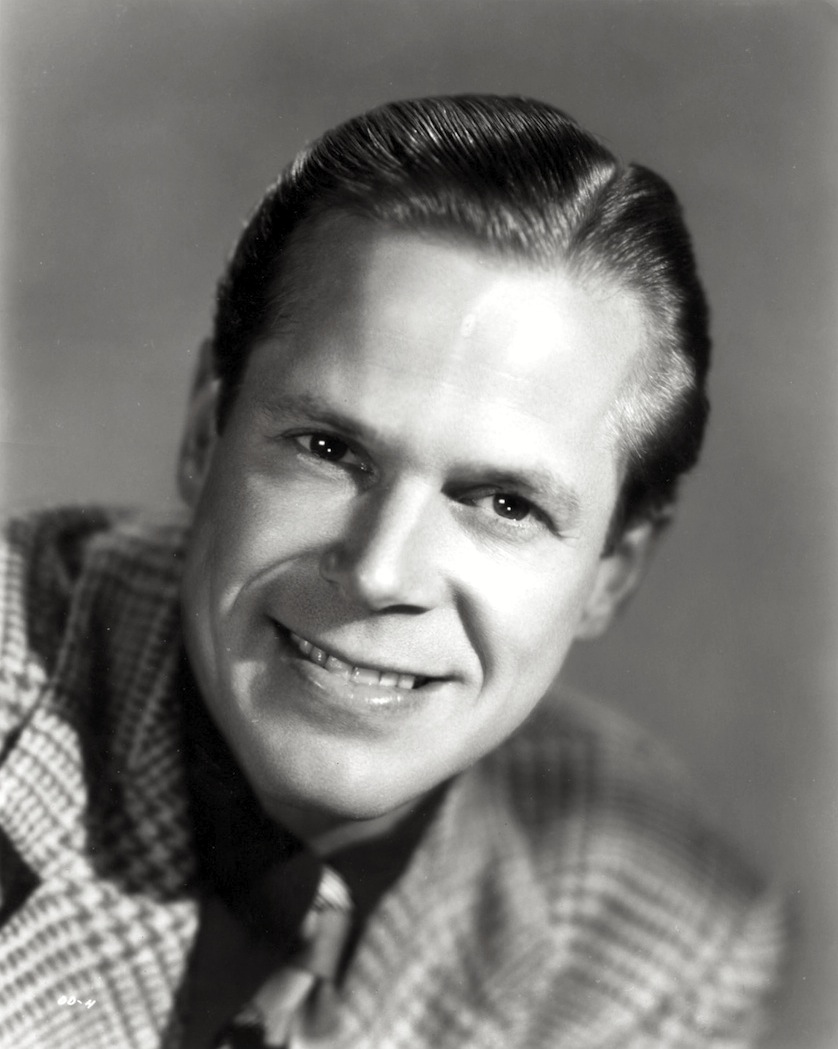Dan Duryea was a prominent American actor known for his captivating performances in film and television during the mid-20th century. His contributions to the entertainment industry have left a lasting impact, making him a notable figure in classic cinema. This article delves into the life, career, and achievements of Dan Duryea, providing readers with an in-depth understanding of his legacy.
Throughout his career, Duryea became famous for his portrayal of villains and anti-heroes, earning him critical acclaim and a dedicated fan base. His unique acting style and ability to convey complex emotions set him apart from his contemporaries. In addition to his film roles, Duryea also made significant contributions to television, further solidifying his status as a versatile performer.
This article will explore various aspects of Dan Duryea's life, including his early years, career milestones, personal life, and the lasting influence he has had on the film industry. By examining these elements, readers will gain a comprehensive insight into the man behind the characters and the legacy he left behind.
Table of Contents
Early Life
Dan Duryea was born on January 1, 1907, in White Plains, New York. He grew up in a modest household, where his parents instilled in him a strong work ethic and a love for the arts. Duryea attended the University of Washington, where he initially studied civil engineering before switching his focus to drama.
His passion for acting blossomed during his college years, leading him to pursue a career in theatre. After graduating, Duryea moved to New York City, where he began performing in various stage productions. This experience laid the foundation for his future success in Hollywood.
Career Beginnings
Duryea's transition to film came in the early 1940s when he signed a contract with Universal Pictures. His first significant role was in the 1941 film "The Lady from Shanghai," directed by Orson Welles. Although he had a minor part, his performance caught the attention of critics and audiences alike.
His breakthrough came with the film "The Maltese Falcon" (1941), where he played a supporting role. This film is often regarded as one of the greatest detective films of all time, and Duryea's performance contributed to its critical success.
Rise to Fame
By the mid-1940s, Dan Duryea had established himself as a leading man in Hollywood, particularly known for his roles in film noir. He became synonymous with playing morally ambiguous characters, often as a charming yet deceitful antagonist. This typecasting did not hinder his career; instead, it showcased his exceptional talent.
Duryea's performance in "Scarlet Street" (1945) solidified his status as a prominent actor. His portrayal of a down-and-out artist who becomes embroiled in a web of deceit and murder earned him widespread acclaim.
Notable Film Noir Contributions
- "Double Indemnity" (1944)
- "The Woman in the Window" (1944)
- "Criss Cross" (1949)
- "The Great Flamarion" (1945)
Notable Roles
Throughout his career, Dan Duryea appeared in numerous films that showcased his range as an actor. Some of his most notable roles include:
Film Highlights
- "The Little Foxes" (1941) - A critical success that showcased his ability to portray complex characters.
- "The Strange Love of Martha Ivers" (1946) - A film that further established Duryea as a leading actor in Hollywood.
- "The Big Combo" (1955) - This film is often cited as one of the defining examples of film noir, with Duryea delivering a memorable performance.
Personal Life
Despite his on-screen persona, Dan Duryea led a relatively private life. He married his wife, Helen, in 1932, and they had two children together. Duryea was known for his dedication to his family, often prioritizing their well-being over his career.
In his personal life, Duryea was an avid golfer and enjoyed spending time outdoors. He was also known for his philanthropic efforts, supporting various charitable organizations throughout his life.
Later Years
As the film industry evolved in the 1960s, Duryea transitioned to television, where he continued to find success. He appeared in various television series and made guest appearances on popular shows of the time.
In 1963, Duryea starred in the television series "The Dan Duryea Show," which further showcased his versatility as an actor. He remained active in the industry until his passing on June 7, 1968, leaving behind a rich legacy of performances that continue to resonate with audiences today.
Legacy
Dan Duryea's contributions to cinema, particularly in the film noir genre, have solidified his place in Hollywood history. His ability to portray complex characters with depth and nuance set a standard for future actors. Duryea's influence can still be seen in contemporary film and television, where moral ambiguity remains a prevalent theme.
Many film historians and critics regard Duryea as one of the quintessential actors of his era, and his films continue to be studied and celebrated for their artistic merit.
Conclusion
In conclusion, Dan Duryea was a remarkable actor whose work in Hollywood has left a lasting impact. From his early life and career beginnings to his rise to fame and notable roles, Duryea's journey is a testament to his talent and dedication to the craft of acting. As we reflect on his legacy, it is essential to recognize the influence he has had on the film industry and future generations of performers.
We encourage readers to share their thoughts on Dan Duryea and his films in the comments below. If you enjoyed this article, consider sharing it with friends or exploring more content on our website.
Thank you for reading, and we look forward to welcoming you back for more fascinating insights into the lives of iconic figures in entertainment!


